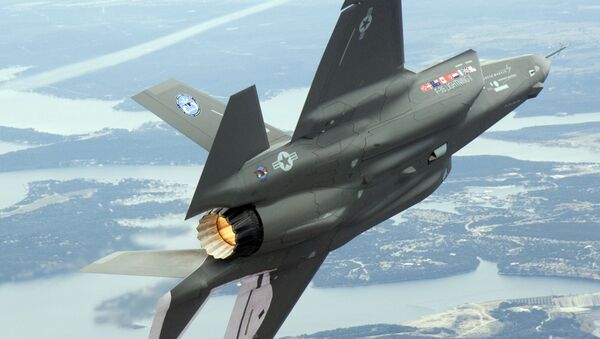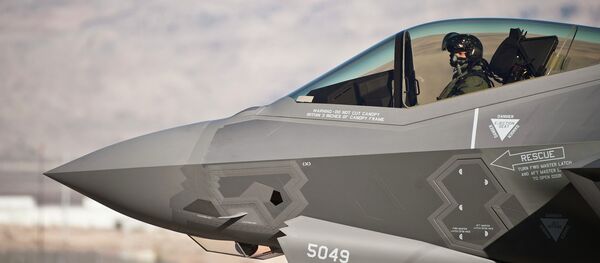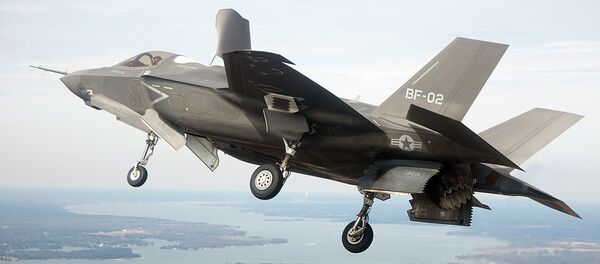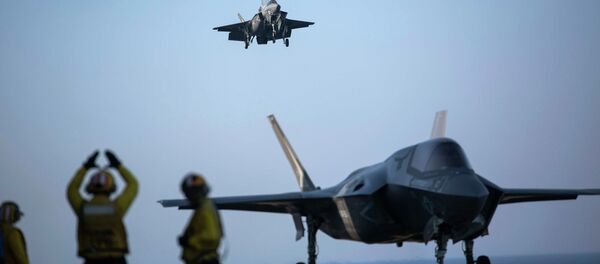On Friday, the US Air Force issued a temporary stand-down order for 13 of its 104 F-35 fighters, citing "the discovery of peeling and crumbling insulation in avionics cooling lines inside the fueling tanks."
Lt. Gen. Christopher Bogdan stressed on Tuesday that repairs will begin next week.
"Now is the time to find this and fix them," he said at the annual Air Force Association’s Air, Space & Cyber conference, according to DoD Buzz.
Officials did not disclose the cost to repair the brand new airplanes, but Bogdan has spun the discovery of the problem as a positive that will ultimately save the US and its partners in the F-35 program $2 billion in future repairs.
"It affects only 15 model A airplanes, and if this problem were not to be found today – but three or four years from now – we [would have had] hundreds of airplanes out there affected," Bogdan said.
"You find things early, you fix them, you make the airplane better, you make the weapons system better, and you move on."
As Breaking Defense points out, however, there are far more than just 15 F-35’s affected by the insulation problem. Another 42 planes still on the production line will also need to undergo costly repairs.
"The problems with the insulation on the cooling lines inside the planes’ were caused by a secondary supplier," Colin Clark writes for Breaking Defense.
"They were discovered during depot modification of an F-35A and effect a total of 57 aircraft."
Earlier this week, the Air Force announced that it would also cost millions to upgrade the military’s supply chain for future repairs of the disaster-prone aircraft.
"We need to know what are the repair network capabilities and, keeping in mind we’re going to have what I truly think is a multinational fighter on steroids when we talk about the F-35, that is going to have sustainment capability all around the world, that we’re going to need to be able to understand, to be able to tap into, and to be able to use for ourselves," said Gen. Ellen Pawlikowski, according to DoD Buzz.
"We have to be able to present [to the combatant commanders] in the planning phase, in the execution phase, and in the recovery phase, a full-spectrum logistics capability, and we have to be able to command and control it and have the agility to support each one of those customers."
At a cost of over $1 trillion, the F-35 is the most expensive weapon ever built. Despite this high price tag, the aircraft has been beset with problems throughout its development, including software glitches, engine malfunctions, and issues with basic flight capabilities.





